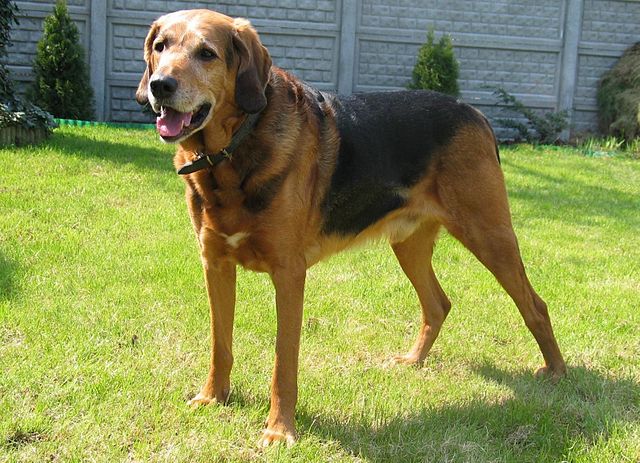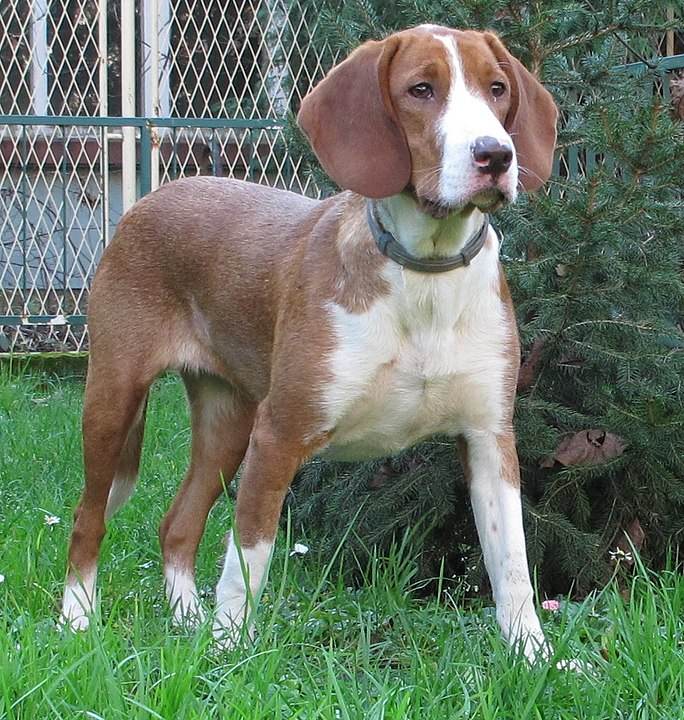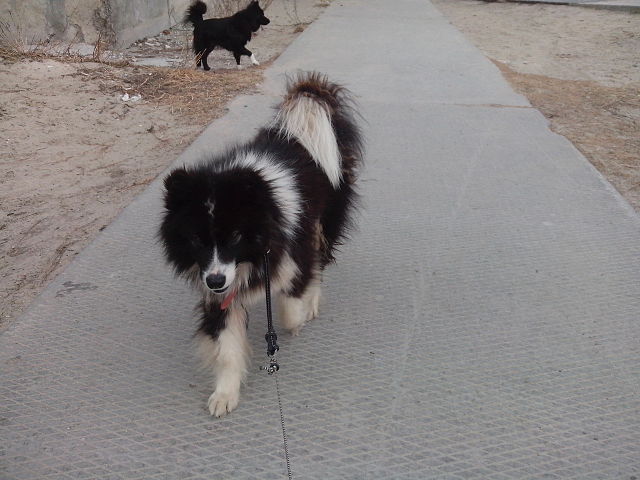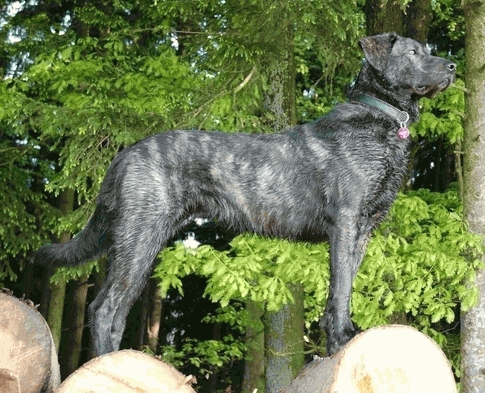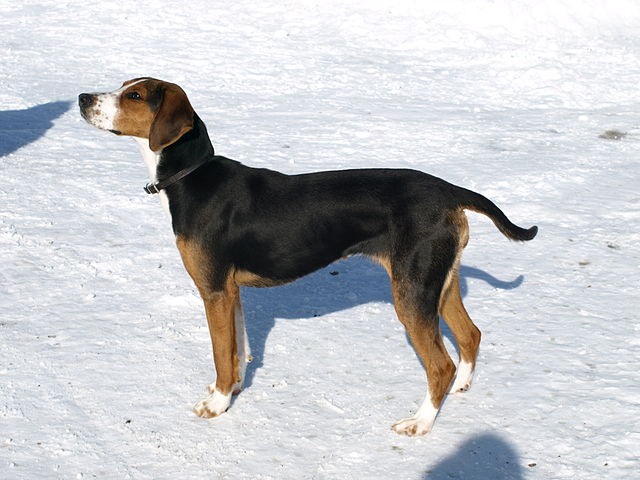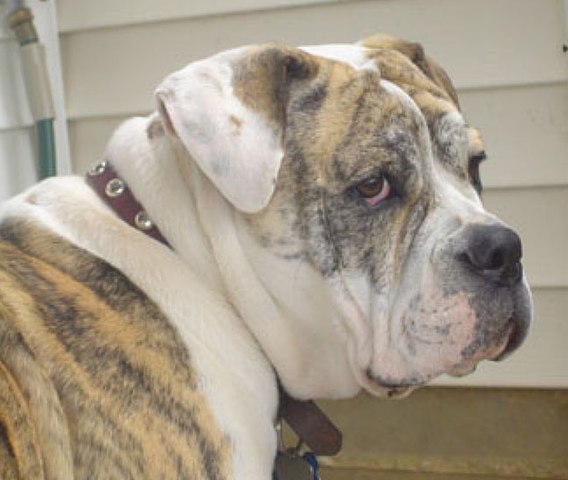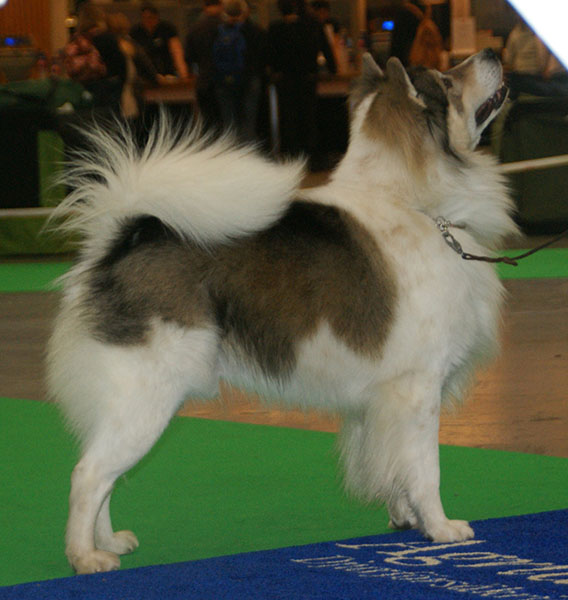The history of the Hallefors Elkhound goes back to a litter sired by an elk-hunting mixed breed and out of a Russian sled dog. Born in Hallefors, Sweden in the 1930’s, both parents had well-known hunting backgrounds. At least one of the puppies was later crossed with other prized elk-hunting dogs, and later Finnish Spitz blood was infused into this new breed as well. These new spitzes were prized for their hardiness, hunting ability and intelligence. They are said to be “one man dogs” but are adaptable and well-prized in their country of origin – even known for their bravery when facing bear! They were recognized by the Swedish Kennel Club in the year 2000 although are practically unheard of in most of the world as they are extremely low in numbers.
Because the gene pool is so small, any single Hallefors is not permitted to be bred any more than three times in its lifetime. Furthermore, the breed has an open stud book at the moment which means that any dog (whether or not a purebred Hallefors) which meets the criteria set by the breed club can potentially be used in the bloodline – as long as it has been given permission. The criteria include having a traceable pedigree (so that health and hunting ability can be monitored), an appearance very similar to that of the Hallefors (rated at special shows), health tests with passing scores, and must be proven to have very good hunting ability. The Hallefors bloodline is constantly monitored and the breed club may make additional suggestions as time goes on to ensure the breed remains healthy and keeps the important traits necessary for continuation as a whole.
The Hallefors Elkhound is a squarely built spitz with a tail carried loosely over the back. It is a medium sized dog with a short yet thick and harshly textured coat. The color is always red in a variety of shades, with or without a dark muzzle. There should be lighter coloration on the underside of the dog. For a breed with an open studbook, fanciers are doing a great job keeping members of the breed fairly uniform and standardized.
The Hallefors is very cooperative when hunting with his owner, and is a loyal friend at all times. Aggression towards humans is really not seen, although of course prey drive is alive and well in the breed! The Hallefors is alert, lively and usually very excited to work and hunt. He is said to be fairly submissive and easy to keep in a household setting as he understands his place in the hierarchy of the home. This is a great family dog as he is friendly and social with those he knows, although is much more reserved when around strangers. Hallefors Elkhounds take well to training and learn easily. It is hoped that the breed will continue to grow under the watchful eye of the parent club, for this is a spitz that is worth preserving!

Photo By Roguesenvogue

